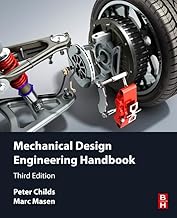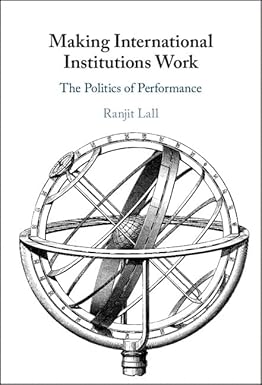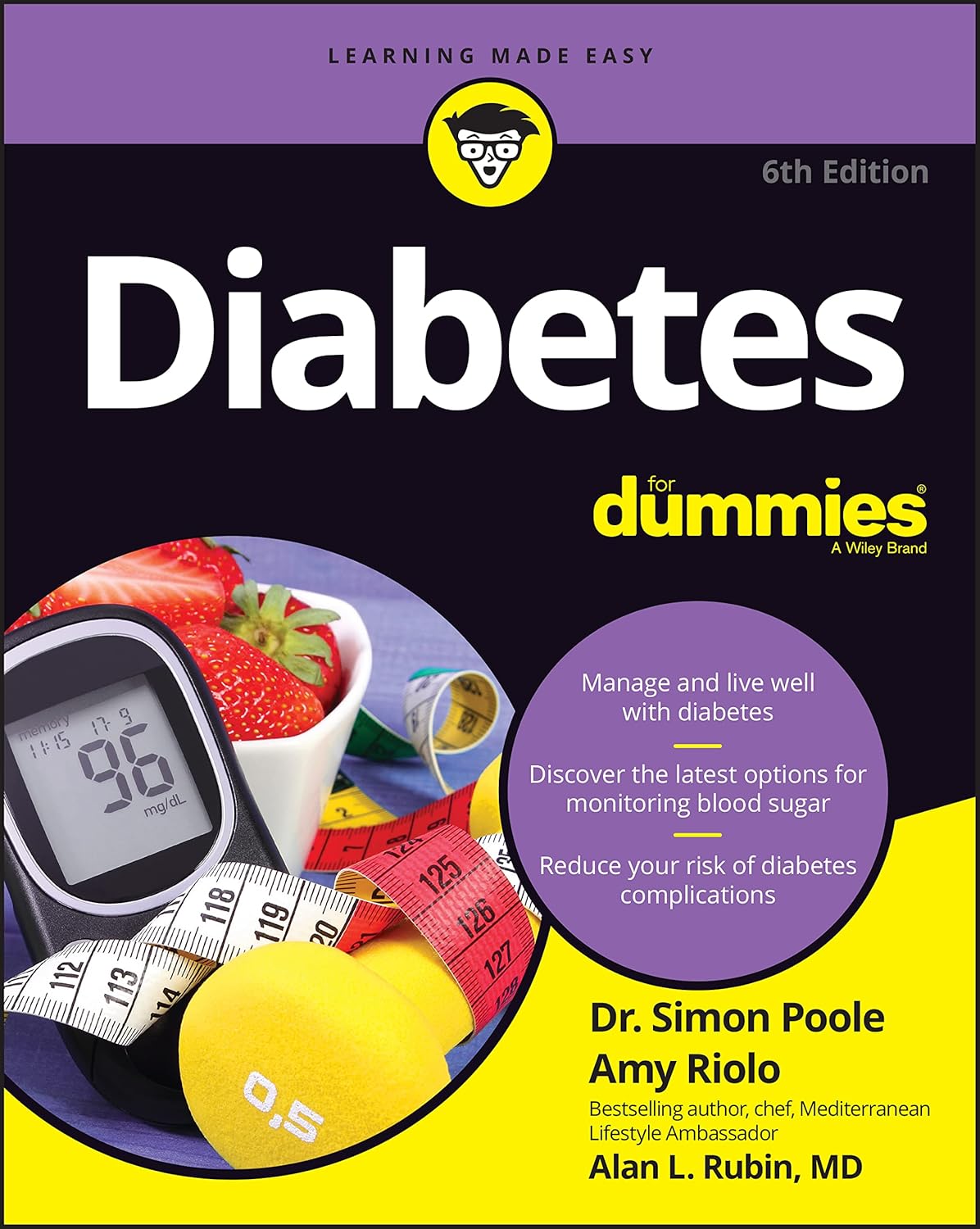
Book
Mechanical Design Engineering Handbook
ISBN : 9780443220777
Author : Peter Childs
Publisher : Elsevier
Year : 2025
Language : English
Type : Book
Description : 1 Design 1.1 Introduction 1.2 The design process 1.3 Design models 1.3.1 Systematic design 1.3.2 Double diamond 1.3.4 Total and blended design 1.4 Design optimisation 1.5 Design reviews 1.6 The technology base 1.7 Conclusions References Nomenclature 2 Mechanics of engineering materials 2.1 Introduction 2.2 Materials and mechanics basics 2.3 Loading 2.3.1 Static loading 2.3.2 Dynamic loading 2.4 Deformation and fracture 2.4.1 Deflection 2.4.2 Strain 2.4.3 Stress 2.4.4 Fatigue 2.4.5 Buckling 2.5 Engineering properties 2.5.1 Young's modulus and Poisson's ratio 2.5.2 Yield and Elastic limit 2.5.3 Hardness 2.5.4 Toughness 2.6 Conclusions References Nomenclature 3 Material selection for performance 3.1 Design for stiffness 3.2 Design for strength 3.3 Design for light weight 3.4 Design for endurance 3.5 Design for corrosion resistance 3.6 Design for recyclability 3.7 Materials 3.7.1 Steel 3.7.2 Aluminium 3.7.3 Plastics 3.7.4 Composites 3.7.5 Ceramics 3.7.6 Natural materials 3.8 Conclusions References Nomenclature 4 Tribology 4.1 Introduction 4.2 Tribology basics 4.2.1 Surface Roughness 4.2.2 Contact mechanics 4.2.2.1 Elastic contact 4.2.2.2 Contact of rough surfaces 4.2.3 Friction 4.2.3.1 Adhesion 4.2.3.2 Deformation 4.2.4 Lubrication 4.2.4.1 Oils 4.2.4.2 Greases 4.2.4.3 Solid lubricants 4.2.5 Wear 4.2.5 Abrasion 4.2.5.1 Adhesion 4.2.5.2 Surface fatigue 4.2.5.3 Tribo-corrosion 4.2.5.4 Fretting 4.3 Design for efficiency 4.3.1 Friction, lubrication and energy losses 4.3.2 Improving efficiency in mechanical elements 4.3.3 Design of efficient, smooth-running systems 4.4 Design for durability 4.4.1 Wear, surface failure and durability 4.4.1.1 Deformation 4.4.1.2 Wear 4.4.1.3 Fatigue 4.4.1.4 Corrosion 4.4.2 Failure modes 4.4.2.1 Causes of failure 4.4.2.2 Identifying failure modes 4.4.3 Design of durable systems 4.5 Conclusions References Nomenclature 5 Journal bearings 5.1 Introduction 5.2 Sliding bearings 5.3 Design of boundary-lubricated bearings 5.4 Design of full film hydrodynamic bearings 5.4.1 Design charts for full-film hydrodynamic bearings 5.4.2 Alternative method for the design of full film hydrodynamic bearings 5.5 Conclusions References Nomenclature 6 Rolling element bearings 6.1 Introduction 6.2 Bearing life and selection 6.2.1 Simple Bearing life equation 6.2.2 Modified life equation 6.3 Bearing installation 6.3.1 Radial location 6.3.2 Preload 6.4 Conclusions References Nomenclature 7 Shafts 7.1 Introduction to shaft design 7.2 Shaft-hub connection 7.3 Shaft-shaft connection—couplings 7.4 Cams 7.5 Critical speeds and shaft deflection 7.5.1 Macaulay’s method for calculating the deflection of beams 7.5.2 Castigliano’s theorem for calculating shaft deflections 7.6 Analysis of transmission shafting 7.7 Detailed design case study 7.8 Conclusions References Nomenclature 8 Gears 8.1 Introduction 8.2 Construction of gear tooth profiles 8.3 Gear trains 8.3.1 Manually shifted automotive transmissions 8.3.2 Epicyclic gear trains 8.3.3 Rack and pinion gears 8.4 Tooth systems 8.5 Force analysis 8.5.1 Introduction to gear stresses 8.5.2 Bending stresses 8.6 Simple gear selection procedure 8.7 Condition monitoring 8.8 Conclusions References Nomenclature 9 Spur and helical gear stressing 9.1 Introduction 9.2 Failure due to contact stresses 9.3 AGMA equations for bending and contact stress 9.4 Gear selection procedure 9.5 Conclusions References Nomenclature 10 Bevel gears 10.1 Introduction 10.2 Force analysis 10.3 Stress analysis 10.4 Calculation procedure summary 10.5 Conclusions References Nomenclature 11 Worm gears 11.1 Introduction 11.2 Force analysis 11.3 AGMA equations 11.4 Design procedure 11.5 Conclusions References Nomenclature 12 Belt and chain drives 12.1 Introduction 12.2 Belt drives 12.2.1 Belt selection 12.2.2 Wedge belt selection 12.2.3 Synchronous belts 12.2.4 Flat belt drives 12.3 Chain drives 12.3.1 Roller chain selection 12.4 Conclusions References Nomenclature 13 Clutches and brakes 13.1 Introduction 13.2 Clutches 13.2.1 Design of disc clutches 13.3 Brakes 13.3.1 Disc brakes 13.3.2 Drum brakes 13.3.3 Short-shoe external drum brakes 13.3.4 Long-shoe external drum brakes 13.3.5 Long-shoe internal drum brakes 13.3.6 Band brakes 13.4 Conclusions References Nomenclature 14 Seals 14.1 Introduction to seals 14.2 Static seals 14.3 Dynamic seals 14.4 Labyrinth seals 14.5 Axial and bush seals 14.6 Seals for reciprocating components 14.7 Conclusions References Nomenclature 15 Springs 15.1 Introduction 15.2 Helical compression springs 15.3 Helical extension springs 15.4 Helical torsion springs 15.5 Leaf springs 15.6 Belleville spring washers 15.7 Conclusions References Nomenclature 16 Fastening and power screws 16.1 Introduction to permanent and non-permanent fastening 16.2 Threaded fasteners 16.3 Power screws 16.4 Rivets 16.5 Adhesives 16.6 Welding 16.7 Snap fasteners 16.8 Conclusions References Nomenclature 17 Wire rope 17.1 Introduction 17.2 Wire rope selection 17.3 Wire rope terminations 17.4 Conclusions References Nomenclature 18 Pneumatics and hydraulics 18.1 Introduction 18.2 Pressure 18.3 Hydraulic pumps 18.4 Air compressors and receivers 18.5 Filters 18.6 Control valves 18.7 Pneumatic and hydraulic actuators 18.8 Conclusions References Nomenclature 19 Tolerancing and precision engineering 19.1 Introduction 19.2 Component tolerances 19.2.1 Standard fits for holes and shafts 19.2.2 Interference fits 19.2.3 Machine capability 19.2.4 Geometric tolerancing 19.3 Statistical tolerancing 19.3.1 Sure-fit or extreme variability 19.3.2 Linear functions or tolerance chains 19.3.3 Several independent, uncorrelated random variables 19.3.4 Statistical design techniques and quality assurance 19.4 Precision engineering 19.4.1 Axial compressor clearance case study 19.4.2 Cordless and corded hand tools case study 19.4.3 Robot transmission case study 19.5 Conclusions References Nomenclature Appendix: Tables of material properties








